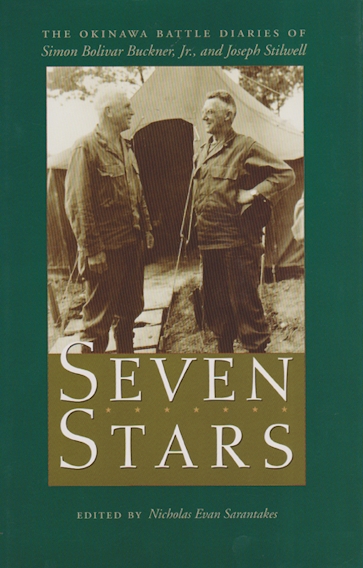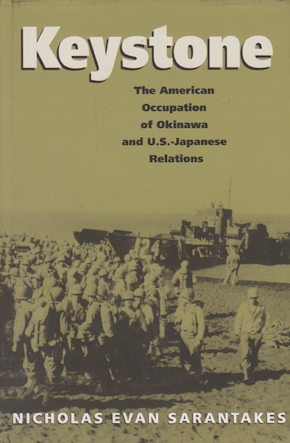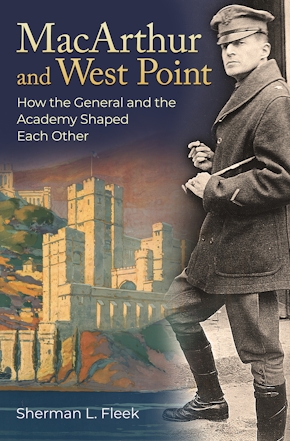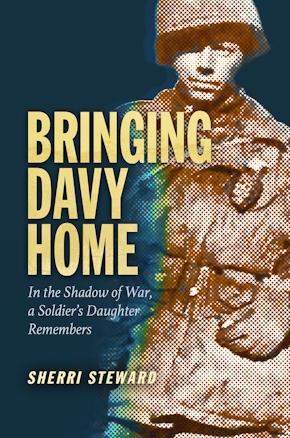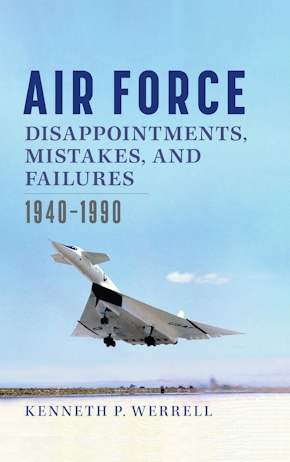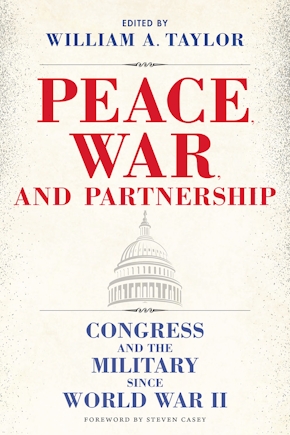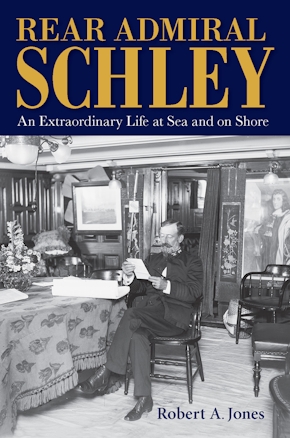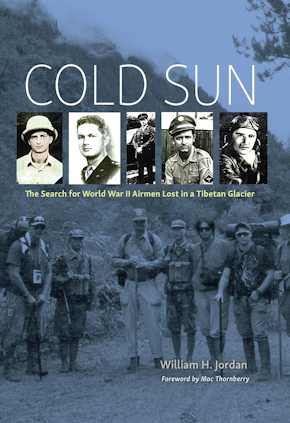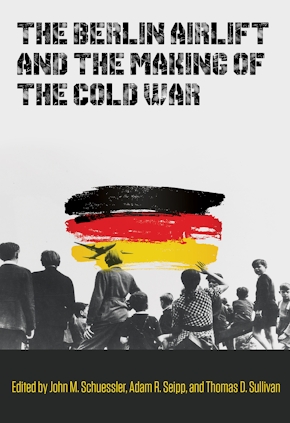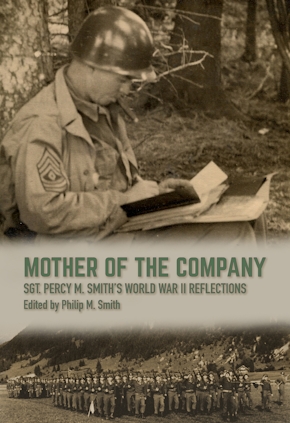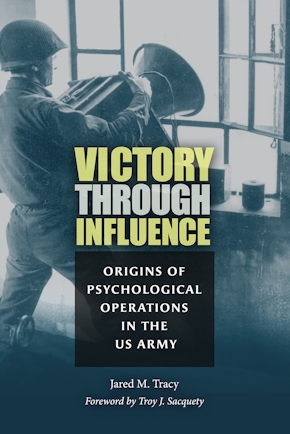Seven Stars
The Okinawa Battle Diaries of Simon Bolivar Buckner, Jr., and Joseph Stilwell
978-1-58544-294-2 Cloth
6.12 x 9.25 x 0 in
224 pp. 13 b&w photos., 3 maps
Pub Date: 01/26/2004
Available
With the background information provided by Sarantakes, the diaries of these men become accessible to the reader. Buckner is the more restrained, a southern gentleman whose career was average and whose diary entries are interspersed with letters to his wife. He shuttles between forward command posts and shipboard conferences, noting how much rain has fallen, how many enemy have been killed, and how many aircraft have been shot down.
Stilwell is a self-styled outsider, a brilliant warrior with the social graces of a porcupine. He dislikes Buckner and has little patience for his irreverent humor. Stilwell writes, “Buckner is tiresome. I tried to tell him what I had seen, but he knew it all. Keeps repeating his wise-cracks. ‘The Lord said let there be mud,’ etc. etc.” ( June 5, 1944). Stilwell’s entries are peppered with frank and often acrid observations about everything and everybody. He dismisses the British as “hoggish, inconsiderate” Limeys and atomic scientists as “temperamental bugs.”
The battle for Okinawa was a pivotal event in World War II and has the distinction of being the single bloodiest conflict in the history of the United States Navy. The diaries of these two men provide a new perspective from which to evaluate the events. This book is a fascinating exploration of the art of leading troops in battle and will interest scholars and students of the Pacific War.
Williams-Ford Texas A&M University Military History Series
About the Author
Reviews
Published by Texas A&M University Press
